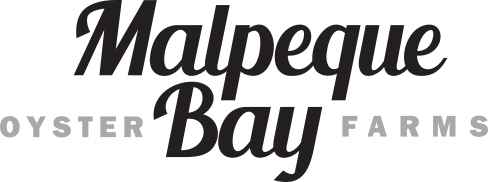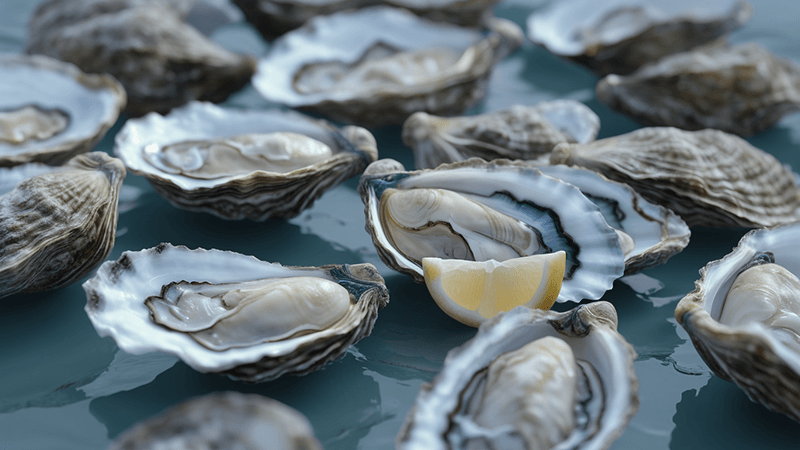Growing Oysters & Understanding Oyster Cultivation at an oyster farm
Exploring the Art and Science of Oyster Cultivation: A Journey through Oyster Farming
Oyster farming, also known as oyster cultivation, is the process of growing oysters for human consumption. It involves the planting, nurturing, and harvesting of oysters in controlled environments such as oyster farms or aquaculture facilities. Oyster cultivation has gained popularity due to the high demand for oysters in the culinary industry and the numerous environmental benefits it offers.
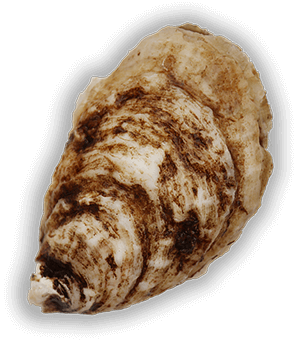
Benefits of Oyster Cultivation
Oyster cultivation provides several benefits when growing oysters, both environmental and economic. From an environmental perspective, oysters play a crucial role in maintaining water quality. They filter and purify the water by consuming algae and other organic particles, which helps to improve the overall health of the aquatic ecosystem. Additionally, oyster reefs provide habitat for various marine species, contributing to biodiversity and ecosystem stability.
Economically, oyster farming creates job opportunities and supports local economies in coastal regions. It also ensures a sustainable supply of oysters for the seafood market, reducing the pressure on wild oyster populations.

Environmental Considerations for Oyster Farming
When engaging in oyster cultivation, it is essential to consider the environmental impact of the farming practices. Proper site selection, responsible use of resources, and adherence to regulations are crucial to minimize the potential negative effects on the surrounding ecosystem. Additionally, sustainable farming methods, such as using recycled materials for infrastructure and implementing waste management strategies, are important for the long-term viability of oyster farming operations.
The Oyster Growth Process
The growth process of oysters consists of several stages, each requiring specific conditions and care to ensure optimal growth and development.
The growth process begins with oyster spat, which are the larval stage of oysters. Spat are typically collected from the wild or produced through hatchery operations. Once obtained, spat are carefully introduced to suitable substrate material, such as oyster shells or artificial reef structures, where they attach and begin their growth journey.
Oyster Nursery: Providing the Ideal Environment
After the spat have attached to the substrate, they are transferred to oyster nurseries. Nurseries provide a controlled environment with optimal water quality, food availability, and protection from predators. During this stage, the oysters undergo rapid growth and development, reaching a size suitable for the next phase of the growth process.
Oyster GrowOut: Maximizing Growth Potential
In the grow-out phase, the oysters are transferred to larger growing areas, such as floating bags or racks, where they continue to grow to market size. This phase requires regular monitoring of water quality, feeding, and protection from diseases and predators to ensure the oysters reach maturity and are ready for harvesting.
Oyster Growth Timeline
Stage 1: Spat Settling and Attachment
The initial stage involves the settling and attachment of oyster spat to the substrate, which typically takes 1 to 2 weeks. During this time, the spat undergo a critical process of securing themselves to the substrate and initiating their growth.
Stage 2: Nursery Growth and Development
The nursery stage lasts for approximately 6 to 12 months, during which the oysters grow rapidly and develop their shells and tissues. Proper nutrition, water quality management, and protection from predators are essential during this phase to ensure healthy growth.
Stage 3: GrowOut Phase and Harvesting
The grow-out phase can vary in duration, typically lasting from 12 to 24 months, depending on the desired size and market demand. Oysters are monitored for growth, health, and quality throughout this phase, and they are harvested once they reach the desired size and maturity.
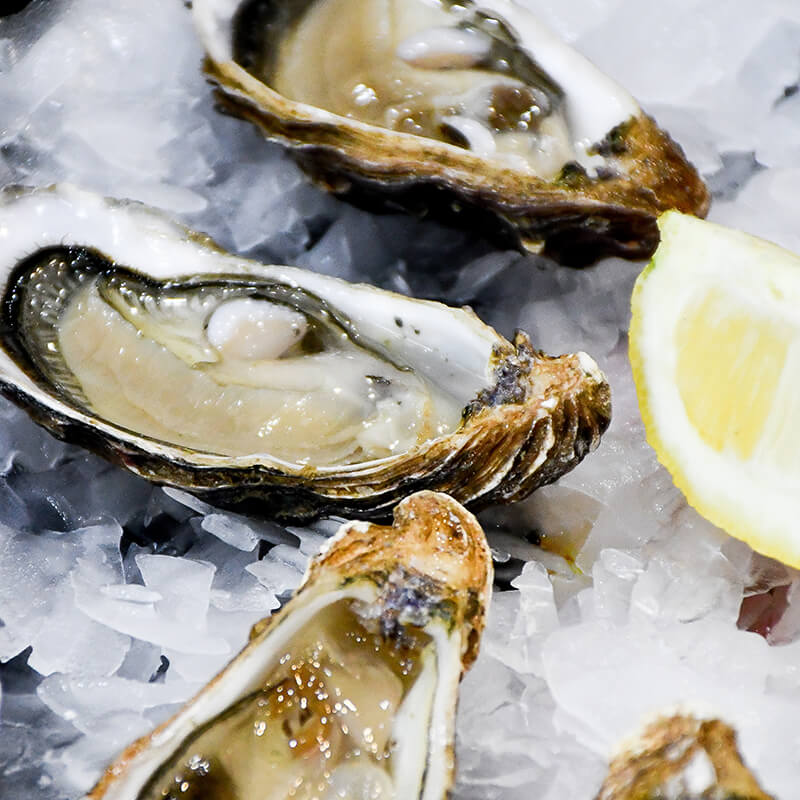
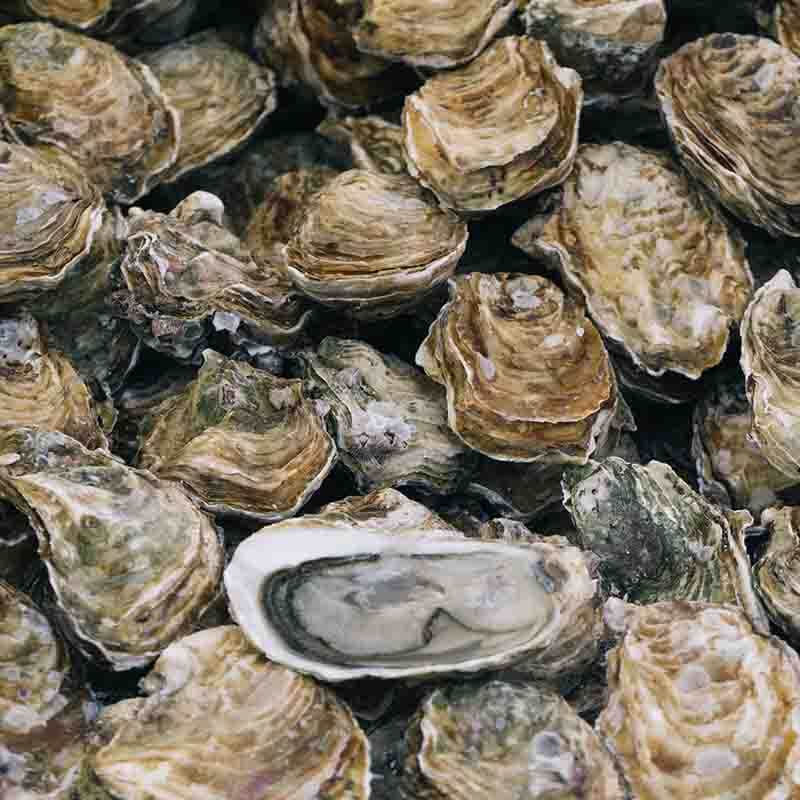
Best Practices for Successful Oyster Cultivation
To ensure successful oyster cultivation, several best practices should be followed to optimize growth and minimize potential risks.
Water Quality Management
Maintaining optimal water quality is crucial for the health and growth of oysters. Regular monitoring of water parameters such as temperature, salinity, and dissolved oxygen levels, as well as proper waste management practices, are essential for a healthy growing environment.
Disease Prevention and Treatment
Oysters are susceptible to various diseases, which can significantly impact their growth and survival. Implementing disease prevention measures, such as regular health checks and proper sanitation practices, is important to minimize the risk of disease outbreaks. In the event of disease occurrence, prompt treatment and isolation of affected oysters are necessary to prevent further spread.
Harvesting Techniques for Optimal Yield
Harvesting oysters at the right time and using proper techniques is crucial for maximizing yield and quality. Careful handling, efficient shucking methods, and adherence to food safety standards during harvesting and processing are essential to deliver high-quality oysters to the market.
In conclusion, mastering the art of growing oysters requires a deep understanding of the cultivation process, a commitment to environmental stewardship, and adherence to best practices for oyster health and growth. By following the guidelines outlined in this comprehensive guide, oyster farming enthusiasts can embark on a rewarding journey of cultivating these prized shellfish while contributing to sustainable aquaculture practices.
Before you start an Oyster Farm, Remember, It’s always a challenge to grow oysters that are of the highest Quality. We at Malpeque Bay Oyster Farms, Farm Oysters only of Premium Quality.
In conclusion, mastering the art of growing oysters requires a deep understanding of the cultivation process, a commitment to environmental stewardship, and adherence to best practices for oyster health and growth. By following the guidelines outlined in this comprehensive guide, oyster farming enthusiasts can embark on a rewarding journey of cultivating these prized shellfish while contributing to sustainable aquaculture practices.
In conclusion, as you’ve delved into the intricate process of oyster cultivation, you’ve uncovered the art and science behind growing these beloved mollusks. Whether you’re intrigued by off-bottom culture or fascinated by the nuances of oyster spawn, the world of aquaculture beckons with endless possibilities.
At Malpeque Bay Oyster Farms, we understand the excitement of nurturing oyster seed and watching them flourish into mature, market-ready oysters. Our commitment to sustainable oyster culture means we prioritize water quality, responsible farming practices, and the well-being of our oyster populations.
If you’ve ever dreamed of starting an oyster farm or simply want to learn more about the fascinating journey from oyster larvae to delectable delicacy, our about page is the perfect place to start. Discover how oysters are raised in floating bags, explore the advantages of bottom-cultured oysters, and uncover the environmental benefits of oyster reefs.
Join us in celebrating the wonders of oyster production and the joy of eating oysters harvested from our pristine ocean waters. Whether you’re a seasoned oyster grower or a curious newcomer, there’s a place for you in our community of oyster enthusiasts.
Click here to learn more about Malpeque Bay Oyster Farms and begin your journey into the captivating world of oyster culture today!
reach out to us
Weekdays
08AM -5PM
We are here to server
Feel Free to reach out anytime.
Contact
Phone
902-831-2009
Address
995 Bideford Rd, Ellerslie, PE, C0B-1J0
